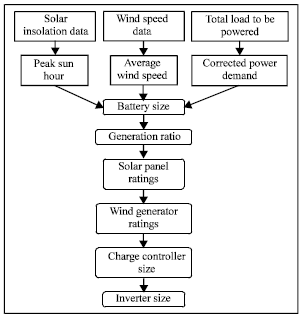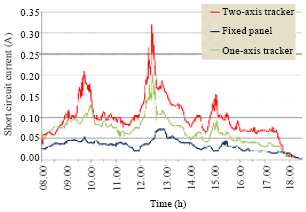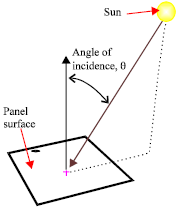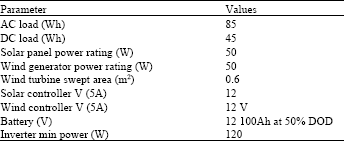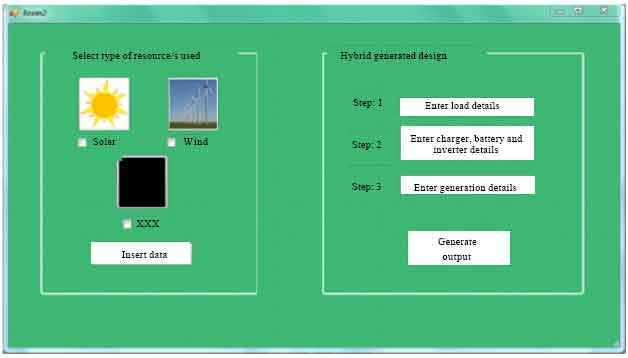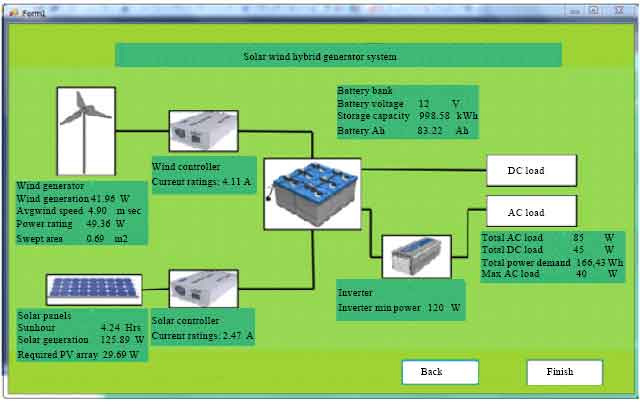Research Article
Optimization of Hybrid Solar and Wind Power Generation
Department of Electrical and Electronic Engineering, Universiti Teknologi PETRONAS, Tronoh, Perak, Malaysia
Balbir Singh Mahinder Singh
Department of Fundamental and Applied Sciencesm, Universiti Teknologi PETRONAS, Tronoh, Perak, Malaysia










